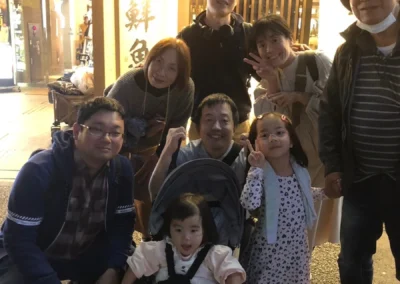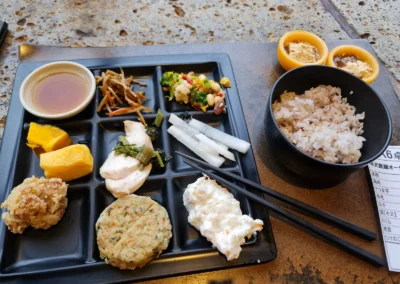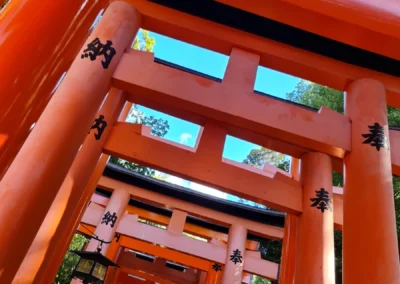Hi everyone, I am Dr. Naoki from Eastern Therapies. Recently, I had the incredible opportunity to travel to Japan and spend time with some of the most respected TCM masters to further enhance my knowledge and skills. It was a transformative experience that deepened my understanding of traditional healing practices and their powerful connection to modern health challenges.
I was welcomed into their clinics and had the privilege of observing their techniques, understanding their philosophies, and engaging in profound discussions about the art of healing. They shared insights that went far beyond textbooks, rooted in years of practice and a deep respect for the balance of the body and mind.
One of the most mind-blowing realizations I had during my time with TCM masters in Japan was the profound connection between diet and back pain. While many people think of back pain as being caused by physical injuries, poor posture, or overuse, TCM emphasizes that internal factors, like diet, play a significant role.
From both a modern and TCM perspective, diet influences inflammation, blood circulation, and the health of the body’s vital systems. For example, a diet high in processed foods, sugars, and unhealthy fats can increase systemic inflammation, which often exacerbates pain conditions, including back pain. In TCM terms, this is seen as an excess of “heat” or “dampness” in the body. Foods that generate dampness, such as dairy, greasy foods, or excessive cold and raw foods, can block the flow of Qi and blood in the meridians, leading to stagnation and pain.
Another connection lies in digestive health. Poor digestion or gut health can lead to nutrient deficiencies that weaken the muscles and bones, making the body more susceptible to back pain. In TCM, the Spleen and Stomach are central to digestion and the production of energy. When the Spleen Qi is weak, nutrients are poorly distributed, leading to a lack of strength in the lower back and legs. This weakness is tied to the Kidneys in TCM, which are seen as the foundation of the body’s structure and vitality.
The Kidneys play a particularly important role in TCM’s view of the lower back. Foods that nourish the Kidneys, such as black sesame seeds, walnuts, and kidney beans, can help strengthen the area. On the other hand, excessive consumption of salty, processed, or cold foods can harm Kidney Qi, weakening the lower back.
Diet also impacts blood circulation. Poor food choices, such as alcohol, sugar, and fried items, can lead to blood stagnation, which is a common cause of pain in TCM. Stagnation blocks the smooth flow of Qi and blood, worsening pain conditions.
What I learned in Japan helped me understand how small dietary adjustments can significantly influence back health. For example, including warm and nourishing foods like soups, stews, and cooked vegetables supports digestion and reduces strain on the Spleen. Anti-inflammatory foods such as ginger, turmeric, leafy greens, and fatty fish help reduce heat and inflammation in the body. Avoiding dampness-creating foods like dairy, fried foods, and cold drinks can also prevent stagnation, while adding Kidney-supporting foods like black sesame seeds, walnuts, and bone broth helps to strengthen the lower back and overall vitality.
This experience truly opened my eyes to the ways we can address back pain by not only looking at physical factors but also examining and adjusting our diets. It’s a simple yet powerful approach that aligns perfectly with the holistic principles of TCM.







